Introduction
Action photography is a highly dynamic and exciting genre that captures movement and motion in a still image. It requires a combination of technical skills, creativity, and quick reflexes to freeze the motion of a moving subject in a fraction of a second. Whether you’re photographing sports events, wildlife, or even children playing, capturing the perfect action shot can be a thrilling and rewarding experience.
In this article, we will explore the art of capturing action photography and discuss the techniques and equipment that can help you achieve stunning results. We will also cover the basics of shutter speed, aperture, and ISO settings, which are essential to creating sharp and well-exposed images.
What is Action Photography?
Action photography is the art of capturing a moving subject in a still image. It can include a wide range of subjects, from sports events and wildlife to dance performances and street photography. The goal of action photography is to freeze the motion of the subject in a way that conveys a sense of energy, excitement, and emotion.
One of the biggest challenges in action photography is capturing the right moment. This requires anticipating the movement of the subject, positioning yourself in the right spot, and adjusting your camera settings to achieve the desired effect. With practice and patience, however, anyone can master the art of action photography and create stunning images that capture the beauty and power of motion.
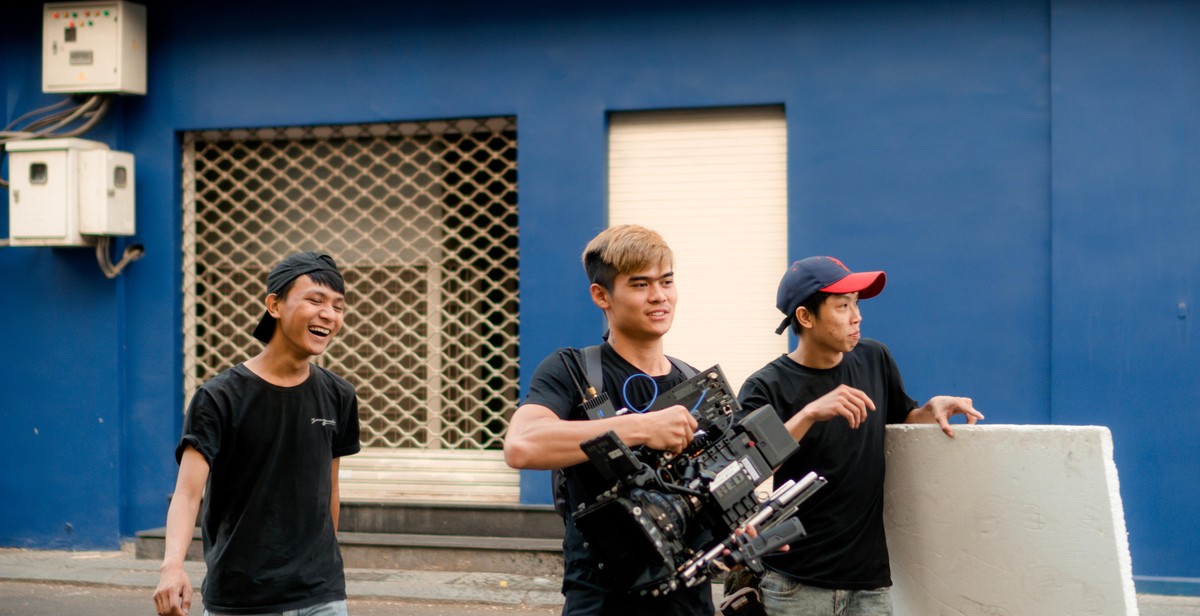
Camera Settings for Action Photography
Shutter Speed
Shutter speed is the most important setting when it comes to freezing motion in action photography. A fast shutter speed of at least 1/1000th of a second is recommended for capturing fast-moving subjects. However, the exact shutter speed will depend on the speed of the subject and the desired effect. For example, a faster shutter speed will freeze the motion completely, while a slower shutter speed will create motion blur.
Aperture
Aperture controls the amount of light that enters the camera and affects the depth of field. In action photography, a wider aperture (lower f-stop number) is recommended to allow more light into the camera and create a shallow depth of field. This will help to isolate the subject and create a more dynamic shot.
ISO
ISO determines the camera’s sensitivity to light. In bright conditions, a low ISO (100-400) is recommended to reduce noise in the image. However, in low light conditions, a higher ISO (800-3200) may be required to maintain a fast shutter speed and prevent motion blur.
| Subject | Shutter Speed | Aperture | ISO |
|---|---|---|---|
| Fast-moving sports | 1/1000th or faster | f/2.8 or wider | ISO 400 or lower |
| Birds in flight | 1/2000th or faster | f/5.6 or wider | ISO 800 or lower |
| Cars racing | 1/500th or faster | f/8 or wider | ISO 400 or lower |
These settings are a good starting point for capturing action photography, but they may need to be adjusted depending on the lighting conditions and the speed of the subject. It’s always a good idea to practice and experiment with different settings to find the perfect combination for your specific needs.

Focusing Techniques for Action Photography
One of the most important aspects of capturing action photography is getting the focus right. Here are some focusing techniques that you can use to get the best shots:
Continuous Autofocus
Continuous autofocus is a great option for action photography as it allows your camera to continuously adjust the focus as your subject moves. This is particularly useful for subjects that are moving unpredictably or erratically, such as athletes or wildlife. To use continuous autofocus, simply select the AF-C (or AI Servo) mode on your camera and keep your subject in the center of the frame.
Manual Focus
In some situations, manual focus may be the better option for action photography. For example, if your subject is moving predictably and you have a fixed distance between you and the subject, manual focus can be faster and more accurate than autofocus. To use manual focus, switch your camera to manual mode and adjust the focus ring until your subject is sharp.
Back Button Focus
Back button focus is a technique that separates the focusing function from the shutter button, allowing you to focus on your subject and then take the shot without refocusing. This is particularly useful for situations where you need to quickly take multiple shots of a moving subject. To use back button focus, go into your camera’s settings and assign the autofocus function to a button on the back of your camera.
By using these focusing techniques, you can increase your chances of capturing stunning action shots that are sharp and in focus.
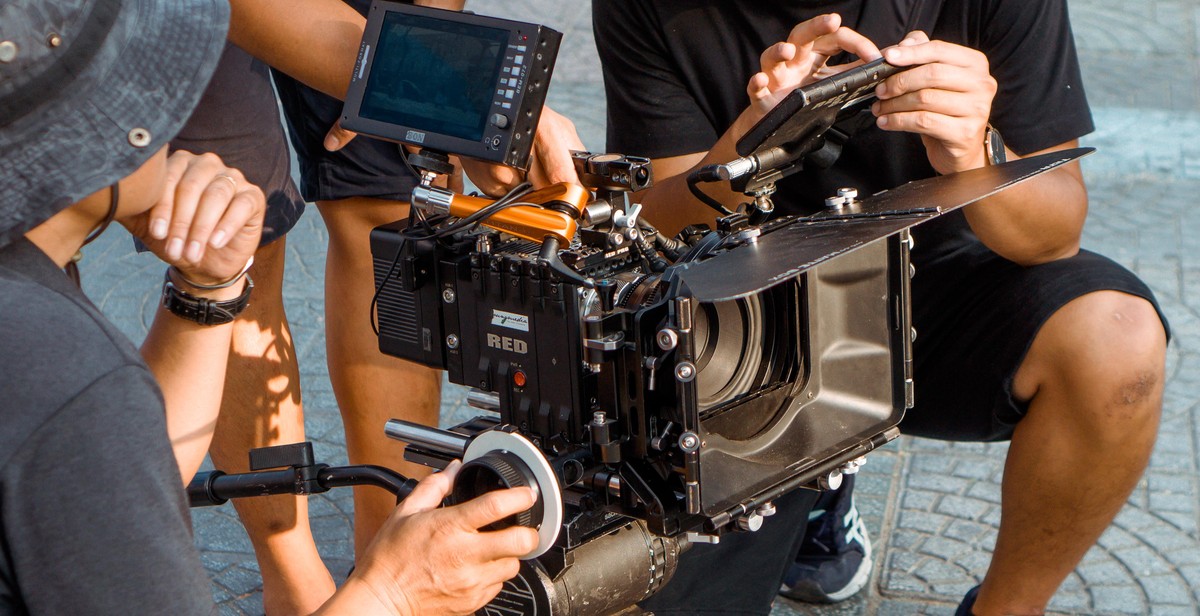
Choosing the Right Lens for Action Photography
When it comes to action photography, choosing the right lens is crucial in capturing the perfect shot. Two types of lenses that are commonly used for action photography are telephoto lenses and wide-angle lenses.
Telephoto Lens
A telephoto lens is a long-range lens that allows you to zoom in on your subject, making it appear closer than it actually is. This type of lens is great for capturing action shots from a distance, such as sports events or wildlife photography. A telephoto lens also helps to blur the background, making your subject stand out and creating a more dramatic effect.
When choosing a telephoto lens for action photography, look for a lens with a fast autofocus system. This will help you capture your subject quickly and accurately, without missing any crucial moments. A lens with image stabilization is also recommended, as it will help to reduce camera shake and produce sharper images.
Wide Angle Lens
A wide-angle lens, on the other hand, is perfect for capturing action shots up close. This type of lens allows you to capture a wider field of view, making it ideal for action shots such as skateboarding or surfing. A wide-angle lens can also create a sense of depth in your images, making them more engaging and dynamic.
When choosing a wide-angle lens for action photography, look for a lens with a fast maximum aperture. This will help you capture sharp images in low light conditions. A lens with a wide aperture also allows you to create a shallow depth of field, making your subject stand out from the background.
| Telephoto Lens | Wide Angle Lens |
|---|---|
| Long-range lens | Wide field of view |
| Zoom in on subjects from a distance | Capture action shots up close |
| Blur background for dramatic effect | Create sense of depth in images |
Ultimately, the choice between a telephoto lens and a wide-angle lens depends on the type of action photography you want to capture. For best results, consider investing in both types of lenses and experiment with different settings to find the perfect shot.
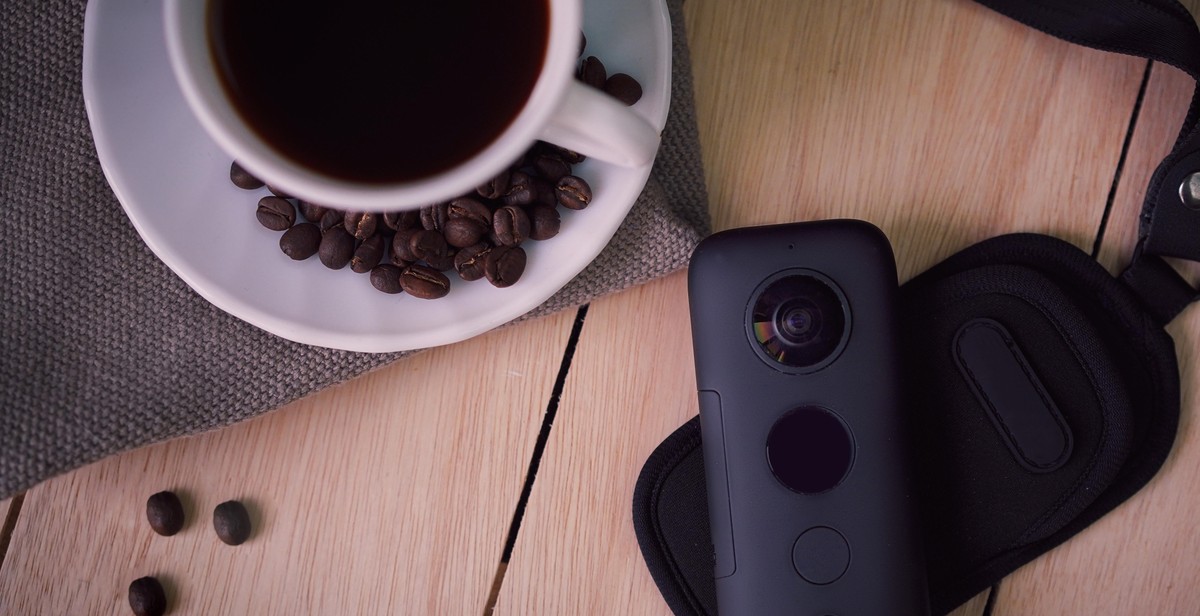
Composition Tips for Action Photography
When it comes to capturing action photography, composition plays a vital role in creating dynamic and eye-catching shots. Here are some key composition tips to keep in mind:
Rule of Thirds
The rule of thirds is a fundamental principle in photography that can be applied to action shots. The rule states that an image should be divided into thirds, both horizontally and vertically, creating nine equal parts. The subject of the photo should be placed at the intersection of these lines, rather than in the center of the frame. This creates a more visually appealing composition and adds interest to the image.
Leading Lines
Leading lines are a great way to draw the viewer’s eye into the action of the photo. These lines can be created by using natural or man-made objects such as roads, fences, or even the movement of the subjects themselves. By using leading lines, you can create a sense of movement and flow in your image.
Background
The background of your action shot is just as important as the subject itself. A cluttered or distracting background can take away from the impact of the photo. It’s important to choose a background that is simple and unobtrusive, allowing the subject to stand out and be the focal point of the image.
By keeping these composition tips in mind, you can create stunning action shots that capture the excitement and energy of the moment.
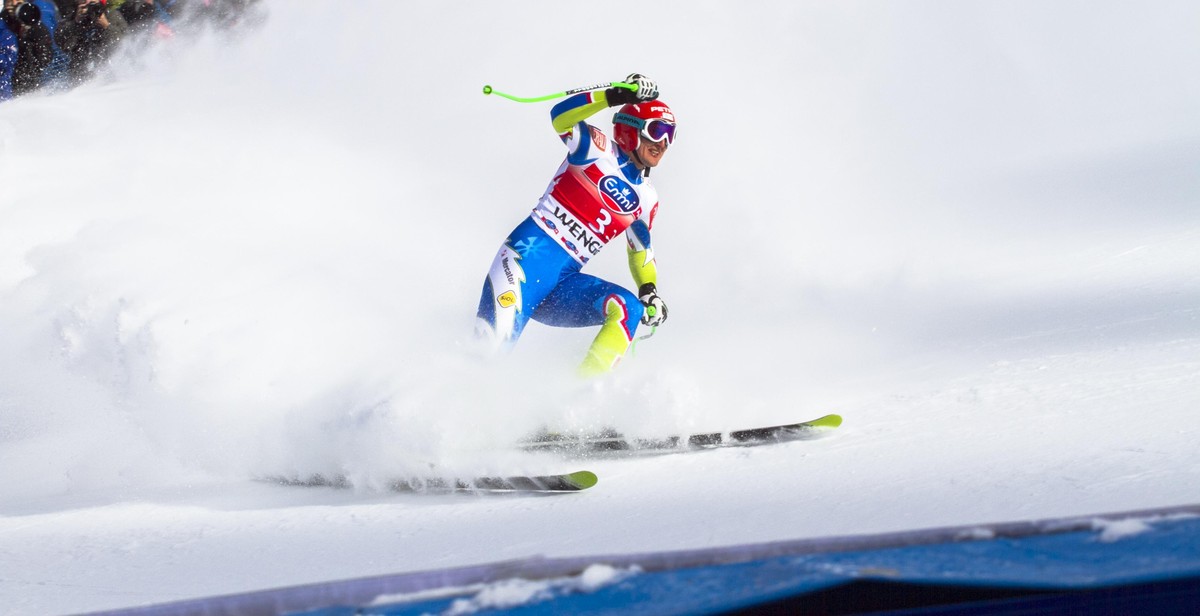
Tips for Freezing Motion in Action Photography
Freezing motion in action photography is crucial to capturing dynamic shots. Here are some tips to help you achieve this:
Panning
Panning is a technique where the camera follows the subject’s motion while taking the shot. This technique creates a sense of motion blur in the background while keeping the subject sharp. To achieve this, set your camera to shutter priority mode and select a slow shutter speed, like 1/30s or slower. Then, track your subject with your camera while taking the shot. This technique takes practice, but it can produce stunning results.
Burst Mode
Burst mode, also known as continuous shooting mode, is a great way to capture fast-moving subjects. Set your camera to burst mode and hold down the shutter button. This will take multiple shots in quick succession, increasing your chances of capturing the perfect moment. Burst mode is especially useful in sports photography.
Pre-focusing
Pre-focusing is a technique where you focus your camera on a specific spot where you expect the subject to be. This technique is useful when you know the exact location where the action will take place. To pre-focus, aim your camera at the spot and half-press the shutter button to focus. Then, wait for the subject to enter the frame and take the shot.
- Experiment with different shutter speeds to find the right balance between motion blur and sharpness.
- Use a tripod or monopod to stabilize your camera when using slow shutter speeds.
- Shoot in burst mode to increase your chances of capturing the perfect moment.
| Technique | Pros | Cons |
|---|---|---|
| Panning | Creates a sense of motion in the background. | Takes practice to master. |
| Burst Mode | Increases your chances of capturing the perfect moment. | Can fill up your memory card quickly. |
| Pre-focusing | Useful when you know the exact location where the action will take place. | Requires some anticipation and planning. |
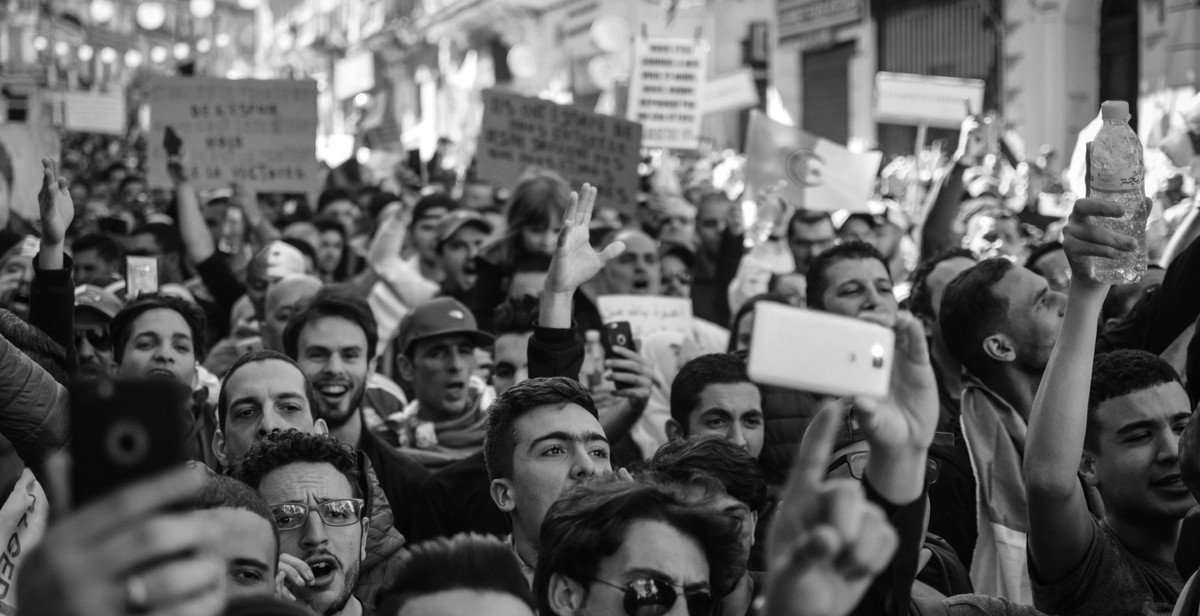
Conclusion
Capturing action photography can be a challenging yet rewarding experience. With the right techniques and equipment, you can freeze motion in dynamic shots and create stunning images that capture the essence of the moment.
Practice Makes Perfect
As with any skill, practice is essential to master the art of capturing action photography. Take the time to experiment with different settings and techniques, and don’t be afraid to make mistakes. Learn from your failures and keep pushing yourself to improve.
Invest in Quality Equipment
While practice is important, having the right equipment can make a significant difference in the quality of your photos. Invest in a high-speed camera with a fast shutter speed, and consider purchasing a tripod or monopod to stabilize your shots.
Be Patient and Persistent
Capturing the perfect action shot can take time and patience. Don’t get discouraged if you don’t get the shot you want right away. Keep trying, and eventually, you’ll get the shot you’re looking for.
Final Thoughts
Capturing action photography is an exciting and rewarding experience that requires practice, patience, and the right equipment. With these tips and techniques, you can freeze motion in dynamic shots and create stunning images that capture the essence of the moment.
